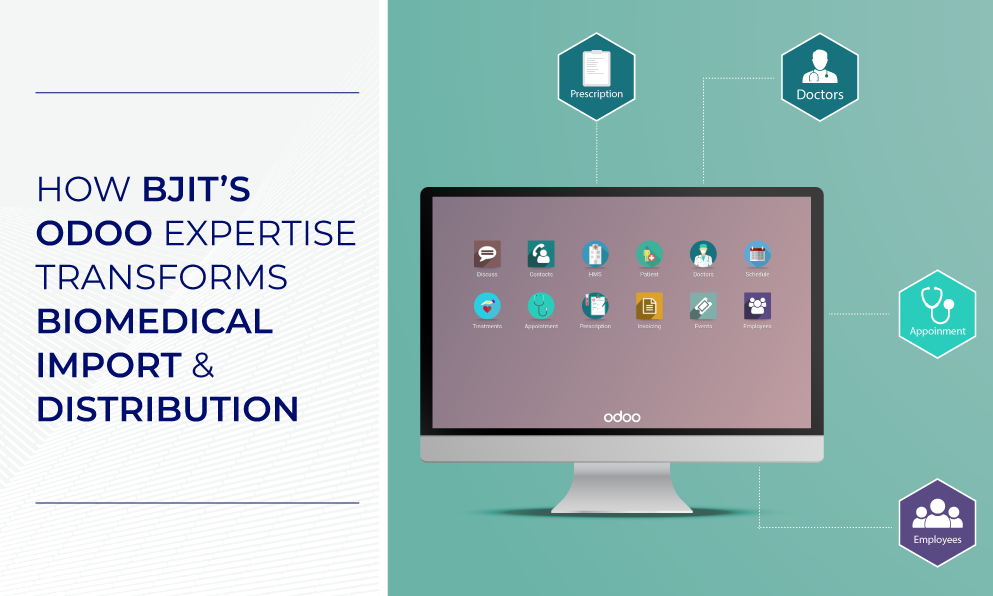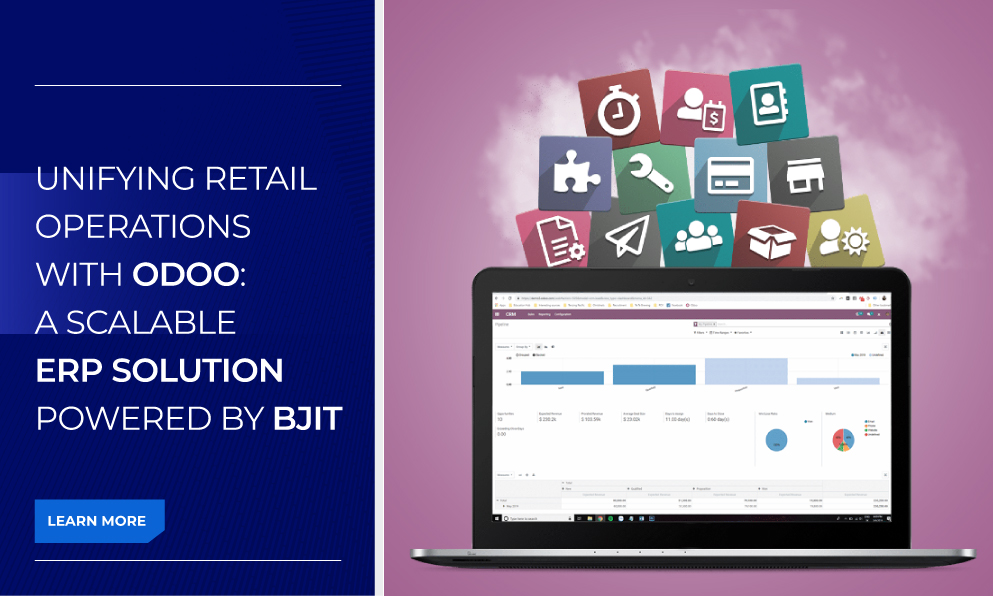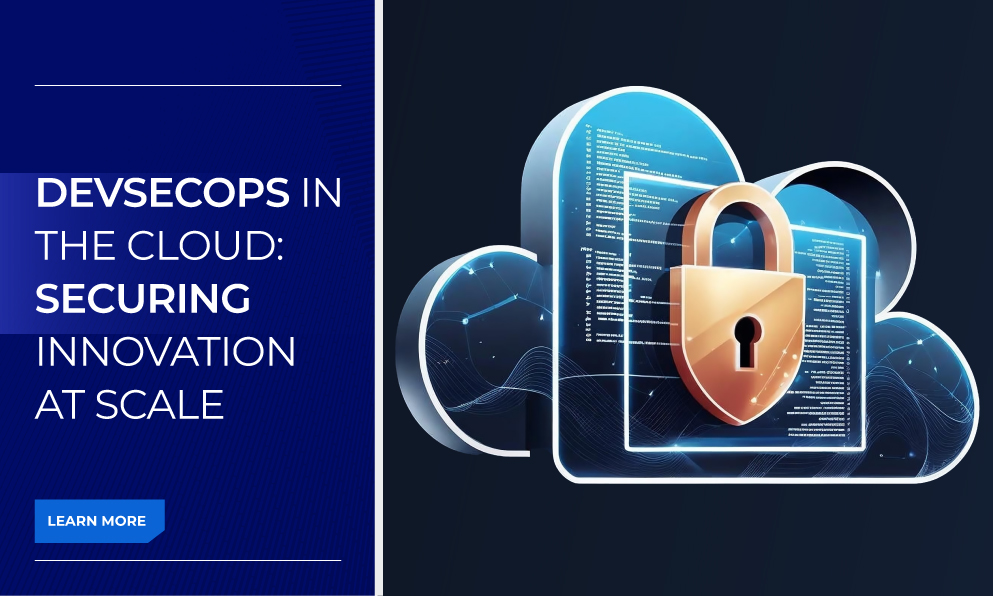Introduction: Why Security Must Scale with Innovation
In the race to digitally transform and deliver software faster, organizations are building, deploying, and scaling applications in the cloud at unprecedented speeds. Yet, this rapid pace has a downside; security is often treated as an afterthought. As high-profile data breaches, supply chain vulnerabilities, and cloud misconfigurations dominate headlines, the need for embedded, continuous security has become non-negotiable.
DevSecOps, short for Development, Security, and Operations, emerges as the solution. It embeds security directly into every stage of the software development lifecycle, from initial code commit to deployment and monitoring. Especially in cloud-native environments, where applications are composed of microservices, containers, and infrastructure-as-code (IaC), DevSecOps helps secure innovation without slowing it down.
By shifting security "left" and making it a shared responsibility, DevSecOps ensures that agile development and continuous delivery don’t come at the cost of compliance or resilience. As we look toward 2025 and beyond, DevSecOps is becoming not just a best practice but a business imperative, and BJIT is here to guide you all along.
What Is DevSecOps? A Modern Security Culture for Cloud
DevSecOps is the evolution of DevOps, which emphasizes collaboration between development and operations teams. The added "Sec" acknowledges that in today’s threat landscape, security must be integral, not bolted on.
In cloud environments, where infrastructure is ephemeral and code is continuously deployed, traditional security approaches, manual audits, gatekeeping reviews, and post-release patches simply don’t scale. DevSecOps addresses this gap by:
- Automating security checks throughout the CI/CD pipeline
- Using tools to scan for vulnerabilities, misconfigurations, and secrets
- Defining security as code and policies as code
- Enabling fast feedback loops for developers
A DevSecOps culture encourages security champions within development teams, incorporates threat modeling in planning stages, and standardizes tools for secure cloud deployments. According to Gartner (2024), organizations practicing DevSecOps report 60% fewer production vulnerabilities and 40% faster response times to emerging threats.
Key Principles of DevSecOps in the Cloud
Shift-Left Security
Security must start from the first line of code. "Shift-left" means moving security testing and validation earlier in the development process during design, code writing, and unit testing phases.
Security-as-Code
By codifying security policies, organizations can treat them like application code, versioned, tested, and continuously deployed. This makes it easier to enforce consistent controls across teams.
Continuous Security Testing
DevSecOps integrates static application security testing (SAST), dynamic application security testing (DAST), and software composition analysis (SCA) into CI/CD pipelines. This ensures real-time detection of vulnerabilities.
Policy-as-Code & Compliance Automation
Using tools like OPA (Open Policy Agent), teams can define and enforce policies around network rules, RBAC, and container image standards. Compliance standards like GDPR, HIPAA, and ISO 27001 can also be automatically audited in code.
These principles allow for secure, fast, and repeatable development workflows, crucial in complex, cloud-native environments.
The Cloud Security Stack: Essential Tools and Technologies
To operationalize DevSecOps, organizations need a robust cloud security stack that covers every layer:
- SAST/DAST Tools: SonarQube, Fortify, Veracode
- Vulnerability Scanning: Snyk, Trivy, Aqua Security
- Secrets Management: HashiCorp Vault, AWS Secrets Manager, Doppler
- IaC Scanning: Checkov, tfsec, Terrascan
- Policy-as-Code: OPA, Kyverno
- Container Security: Falco, Sysdig, Prisma Cloud
- CI/CD Integration: GitHub Actions, GitLab CI, Jenkins, ArgoCD
- Cloud-native Security Platforms: Wiz, Lacework, Orca Security
These tools help automate everything from credential management to runtime threat detection, enabling a proactive rather than reactive security posture.
Securing the CI/CD Pipeline
The CI/CD pipeline is both a launchpad for innovation and a target for attackers. Left unsecured, it becomes a vector for injecting malicious code, leaking secrets, or misconfiguring environments.
DevSecOps enables secure CI/CD by:
- Integrating SAST and SCA in pull requests
- Enforcing signed commits and verified artifacts
- Using Infrastructure-as-Code scanning before deployment
- Automating container image scanning and approval workflows
- Setting policy gates to halt builds on critical vulnerabilities
By embedding security into GitOps workflows and treating pipelines as code, organizations reduce manual friction and ensure every deployment is production-grade and secure.
DevSecOps in Action: Use Cases Across Industries
From a strategic standpoint, DevSecOps is a cornerstone of modern digital resilience. Traditional security models are no longer sustainable in cloud-first, API-driven architectures. DevSecOps bridges the gap between agility and assurance, allowing businesses to innovate without incurring unmanageable risk.
A robust DevSecOps strategy also enhances customer confidence. In industries like fintech and healthcare, where trust is currency, showing a commitment to proactive security measures strengthens brand reputation and stakeholder relations. In regulated sectors, it reduces audit fatigue and streamlines certification processes.
Furthermore, DevSecOps aligns IT with business outcomes. Security isn’t siloed; it’s baked into delivery metrics, customer SLAs, and operational KPIs. Teams can demonstrate tangible ROI by showcasing fewer production bugs, faster recovery times, and smoother go-to-market cycles.
How BJIT Enables Secure Cloud-Native Transformation
BJIT’s cloud engineering team specializes in delivering DevSecOps as a service, helping clients across industries achieve secure velocity. Their approach integrates world-class DevOps automation with scalable security architectures designed for compliance, performance, and agility.
- Custom DevSecOps Blueprints: BJIT tailors workflows for enterprise DevOps maturity, enabling faster time-to-value with reusable playbooks and IaC templates.
- Security Culture Enablement: Through workshops and enablement programs, BJIT trains development teams to think like security engineers, fostering cross-functional DevSecOps collaboration.
- Regulatory Intelligence: BJIT’s experts implement policies aligned with global frameworks such as SOC 2, GDPR, HIPAA, and the Bangladesh DPDP Act, future-proofing compliance.
- Advanced Tooling Integration: From SAST in IDEs to runtime security in Kubernetes clusters, BJIT ensures toolchains are cohesive, automated, and context-aware.
By embedding itself as a long-term partner, BJIT enables security to become a competitive advantage, not a cost center.
Common DevSecOps Challenges, and How to Overcome Them
Even with the right tools, organizations often struggle with adopting DevSecOps at scale. These challenges are not technical alone; they’re usually cultural, procedural, and organizational.
Developer Pushback
Security gates are perceived as productivity blockers. Overcoming this requires developer-first tools (like Snyk in GitHub workflows) and integrating scanning into familiar environments like IDEs or CI/CD systems.
Tool Overload and Fragmentation
A common pitfall is adopting too many tools with overlapping functionality. A unified strategy, centered around end-to-end visibility, consistent policy engines, and centralized dashboards, can resolve this.
Skills Shortage
Cybersecurity expertise is in high demand. BJIT addresses this gap by embedding DevSecOps specialists in delivery teams and offering managed services to fill long-term gaps in security engineering.
Governance Ambiguity
Without clear ownership, DevSecOps efforts stall. BJIT helps clients define accountability frameworks, governance models, and automation that codifies policy enforcement without slowing innovation.
Solving these challenges is key to making DevSecOps not just a process, but a repeatable, scalable capability across teams.
The Future of DevSecOps: Trends to Watch in 2026 and Beyond
As threats grow more advanced and infrastructure becomes more abstracted, the next evolution of DevSecOps will be driven by automation, intelligence, and decentralization.
AI-Driven Threat Detection
Artificial intelligence will supercharge anomaly detection and threat response, learning from real-time logs, code patterns, and behavioral analytics. AI-powered firewalls and code scanning bots will become essential parts of DevSecOps pipelines.
Zero Trust Becomes Default
Identity-based segmentation and per-request verification will become standard security practice. In a multi-cloud and remote-first world, Zero Trust principles are vital to reduce blast radius and lateral movement.
DevSecOps Becomes Compliance-by-Design
As data privacy regulations evolve globally, DevSecOps will become central to compliance strategies. Expect integrations between CI/CD systems and digital audit trails, policy validation, and automated remediation.
Decentralized Security Architectures
As blockchain and decentralized cloud gain momentum, DevSecOps will also need to evolve to handle shared trust, smart contract auditing, and distributed consensus mechanisms.
Organizations that invest in these capabilities today will be better prepared to handle the complexity of tomorrow’s digital ecosystems.
Conclusion
The days of bolted-on security are over. In 2025 and beyond, securing innovation means integrating security into every phase of development, operations, and infrastructure, from the first code commit to runtime observability.
DevSecOps is not simply a methodology; it's a mindset shift that aligns teams, automates trust, and ensures that speed never comes at the cost of safety. As cloud environments become more dynamic and regulatory requirements tighten, this integrated approach becomes essential to operational success.
Organizations that embrace DevSecOps gain not only protection but also a strategic advantage. And with experienced partners like BJIT, who blend deep DevOps knowledge with security engineering, the path to secure digital transformation becomes achievable, scalable, and future-ready.
If the goal is to innovate with confidence, then DevSecOps is the foundation, and now is the time to build it.
References
- Gartner. (2024). Market Guide for DevSecOps Tools.
- IBM Security. (2024). Cost of a Data Breach Report.
- HashiCorp (2025). Vault: Secrets Management for Cloud Applications. https://www.hashicorp.com/products/vault
- CNCF. (2024). Cloud-Native Security Whitepaper. https://www.cncf.io/
- Veracode. (2024). State of Software Security Report. https://www.veracode.com
- Snyk. (2025). Cloud Native Application Security Trends. https://snyk.io









